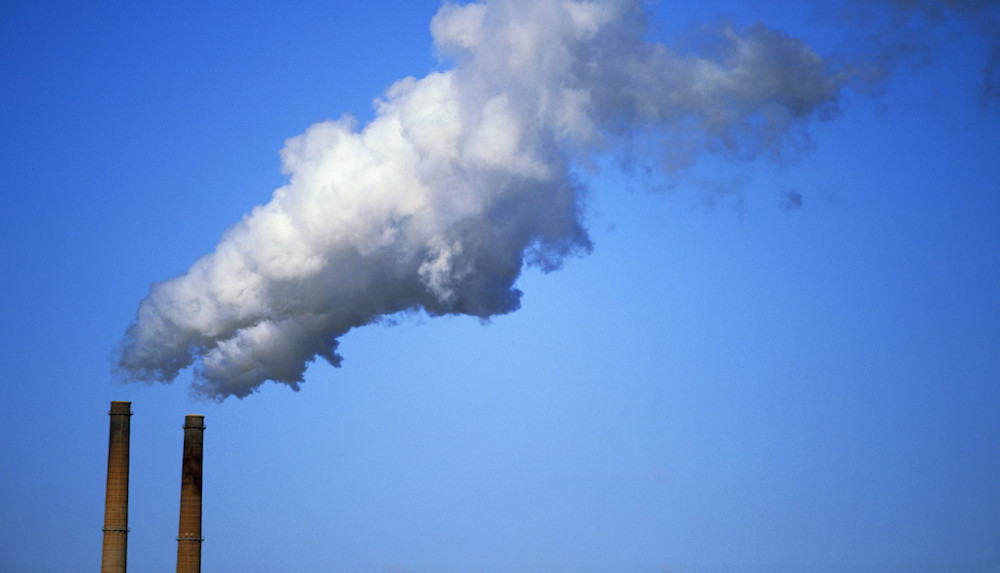Researchers say greenhouse gas emissions from the healthcare sector grew 30% over the past decade, and accounted for 9.8% of the national total in 2013.
If the U.S. healthcare system were a country, it would rank 13th in the world for GHG emissions, according to a study published recently in PLOS ONE, one place behind the United Kingdom. The studied included previously unreported environmental and public health impacts of the nation’s healthcare sector.
The researchers’ economic model was based on federal data to calculate total emissions of different pollutants produced by the healthcare sector over 10 years. They analyzed direct emissions from hospitals and clinician’s offices, as well as indirect emissions generated by the suppliers of energy, goods, and services.
The research team also reported significant national percentages of other environmental impacts from the healthcare sector, including acidification (12%), smog formation (10%), and respiratory disease from particulate matter (9%).
Related Stories
Codes and Standards | Mar 16, 2021
Massachusetts bill would mandate rooftop solar on new homes, commercial buildings
Proposed Bay State mandate modeled on California’s.
Codes and Standards | Mar 15, 2021
Nevada may create areas for tech companies to form own governments
Legislation calls for ‘Innovation Zones’ that could become smart cities.
Codes and Standards | Mar 11, 2021
Los Angeles commits to carbon-free city buildings
City will take into account embedded carbon when contracting to buy construction products.
Codes and Standards | Mar 10, 2021
‘Smart retrofitting’ will be crucial to net zero aspirations
AI, analytical software, Internet of Things are keys to decarbonization of built environment.
Codes and Standards | Mar 9, 2021
Salt Lake City is first jurisdiction to adopt new standards for off-site construction
Code Council and Modular Building Institute developing standards and compliance protocols.
Codes and Standards | Mar 8, 2021
Hyperlocal zoning could spur more affordable housing construction
Letting blocks and streets pass their own rules could have impact.
Codes and Standards | Mar 5, 2021
Biden builds on Trump’s “Buy American” order
New administration extends preferences for domestic construction materials.
Codes and Standards | Mar 4, 2021
Biden administration overturns Trump’s federal building design mandate
Previous order promoted classical and “traditional” architecture above others.
Codes and Standards | Mar 3, 2021
Texas freeze raises questions about risks of electrifying buildings
Gas stoves helped residents cook, boil water when power went out.
Codes and Standards | Mar 2, 2021
New Seattle building code eliminates fossil fuels for most space and water heating
Also increases on-site solar photovoltaics, reduces envelope heat loss, air leakage, and interior lighting power allowances.

















